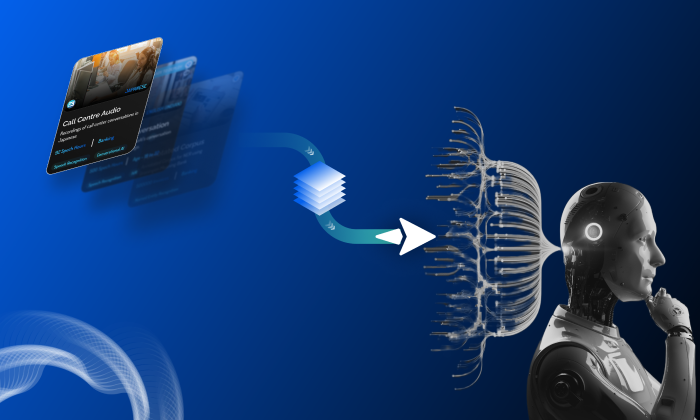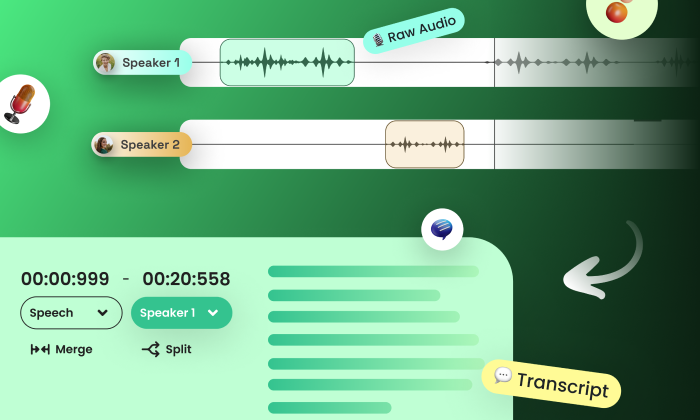How is emotion or intent (e.g., commanding, frustrated) captured in the annotations of in-car speech dataset?
Speech Recognition
Emotion Detection
In-Car Systems
As vehicles become smarter, the ability to understand human emotions and intents through speech is crucial for creating responsive and user-friendly interfaces. In-car speech datasets are foundational in training AI systems to recognize various emotional states and intentions, such as giving commands or expressing frustration. This understanding is vital for developing intuitive voice interactions in vehicles.
The Role of Emotion and Intent in Speech Recognition
What Are Emotion and Intent Annotations?
Emotion and intent annotations involve tagging voice recordings with specific emotional states (like frustration or happiness) and intents (such as making a command or asking a question). This process enriches the dataset, enabling AI models to accurately interpret the context of user interactions.
Why Emotion and Intent Matter
- Enhancing User Experience: Recognizing emotion and intent improves the user experience significantly. For example, if a driver is frustrated by traffic, an AI system can respond with empathy or suggest alternative routes. This capability fosters human-like interaction, boosting user satisfaction and trust.
- Safety Implications: Understanding emotional states can impact safety. If a driver sounds anxious or distracted, AI systems can adapt their responses, perhaps simplifying commands or offering reassurance. This proactive approach can help mitigate risks during critical driving situations.
How Emotion and Intent Are Captured
Diverse Data Collection: In-car speech datasets are collected in real-world conditions, capturing spontaneous speech data from diverse speakers. This includes various acoustic environments such as urban noise and in-cabin conversations. The diverse data collection approach ensures AI models are trained on a wide range of emotional and intentional expressions.
- Importance of Diverse Emotional Contexts: Emotions can vary based on factors like time of day, weather, or road conditions. Capturing these contexts enhances the dataset’s applicability across different scenarios.
Annotation Methodology: The annotation process involves several key steps:
- Transcription: Accurately capturing the dialogue.
- Intent Tagging: Identifying and tagging the intent (e.g., command, query) of each utterance.
- Emotion Labeling: Annotating emotional states through linguistic cues and voice tone.
Quality Assurance: High annotation accuracy is ensured through quality control measures. Annotators are trained to recognize subtle emotional nuances and intent variations. Metadata such as speaker demographics and environmental noise levels further refines emotional understanding.
Common Challenges in Annotation
- Subjectivity in Emotion Detection: Emotion detection is inherently subjective. Different annotators may interpret cues differently. Standardized guidelines and training sessions help achieve consistency.
- Background Noise Interference: The in-car environment presents unique acoustic challenges. Background noises like engine or road sounds can obscure speech clarity, complicating both transcription and emotion detection. Robust datasets include varied noise levels to train models effectively.
Real-World Applications and Examples
- Voice-Enabled Infotainment Systems: Luxury automotive brands use emotion and intent annotations to develop voice assistants that not only perform commands but also adapt responses based on emotional states. For instance, if a driver expresses frustration, the system might suggest calming music or navigation alternatives, improving passenger experience.
- Autonomous Vehicle Interfaces: An autonomous taxi service leverages in-car speech datasets to develop emotion recognition models that gauge passenger comfort and anxiety. By analyzing speech patterns, these models adjust routes or interfaces, enhancing the passenger experience.
Future Trends in Emotion and Intent Annotation
As the automotive industry evolves, methodologies for in-car speech datasets will advance. Anticipated trends include:
- Multi-Agent Systems: Recognizing and responding to multiple speakers within a vehicle, tailoring responses based on individual emotional states.
- Federated Learning: Continuously improving models through real-time feedback, allowing personalization based on an individual’s history and preferences.
Empowering Your Innovation
For automotive projects requiring robust emotion and intent recognition, FutureBeeAI offers comprehensive in-car speech datasets tailored to diverse needs. Our solutions help reduce error rates and improve user trust, supporting faster product deployment. Explore our offerings and see how we can drive innovation in your AI applications.
What Else Do People Ask?
Related AI Articles
Browse Matching Datasets
Acquiring high-quality AI datasets has never been easier!!!
Get in touch with our AI data expert now!








